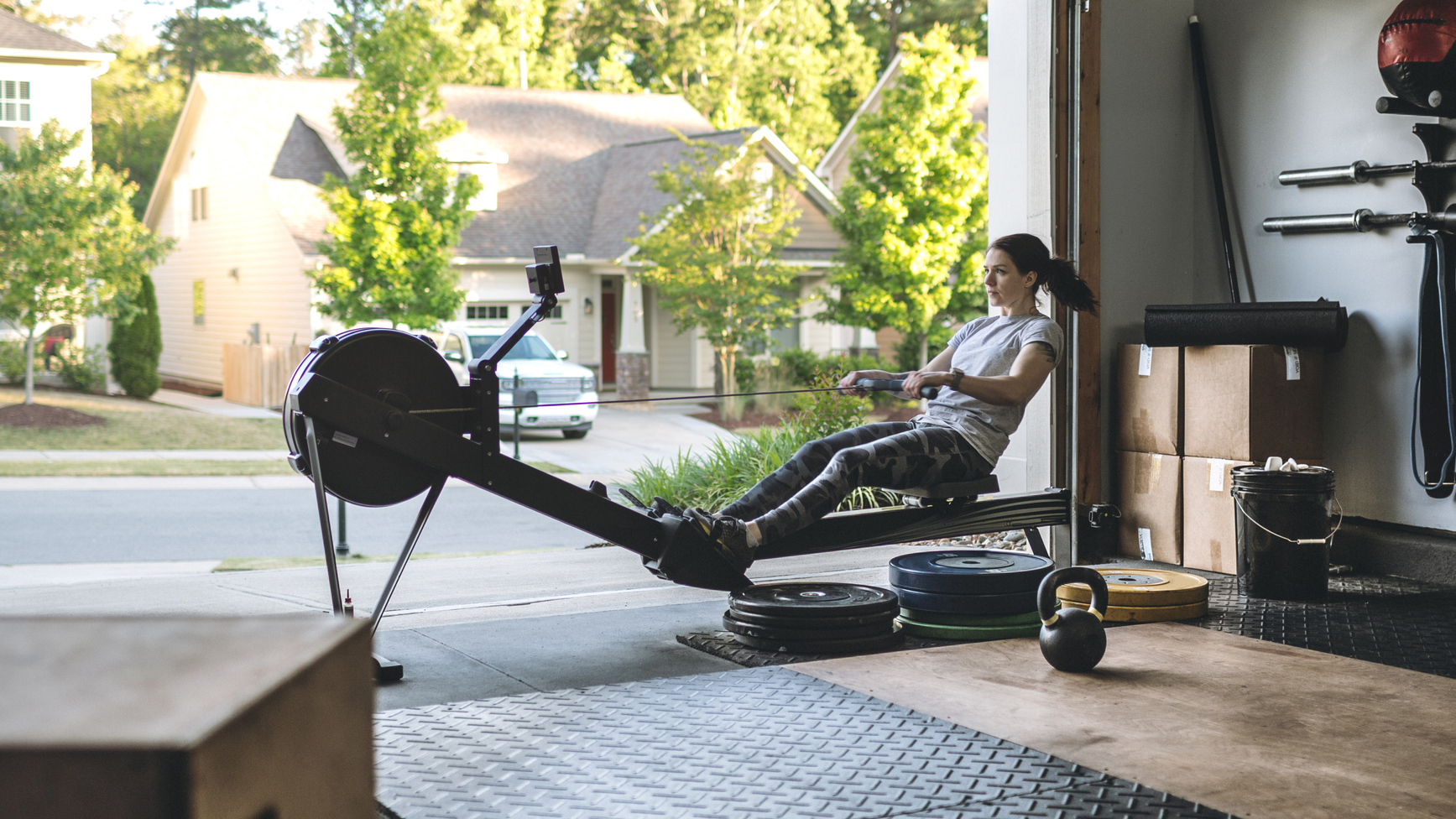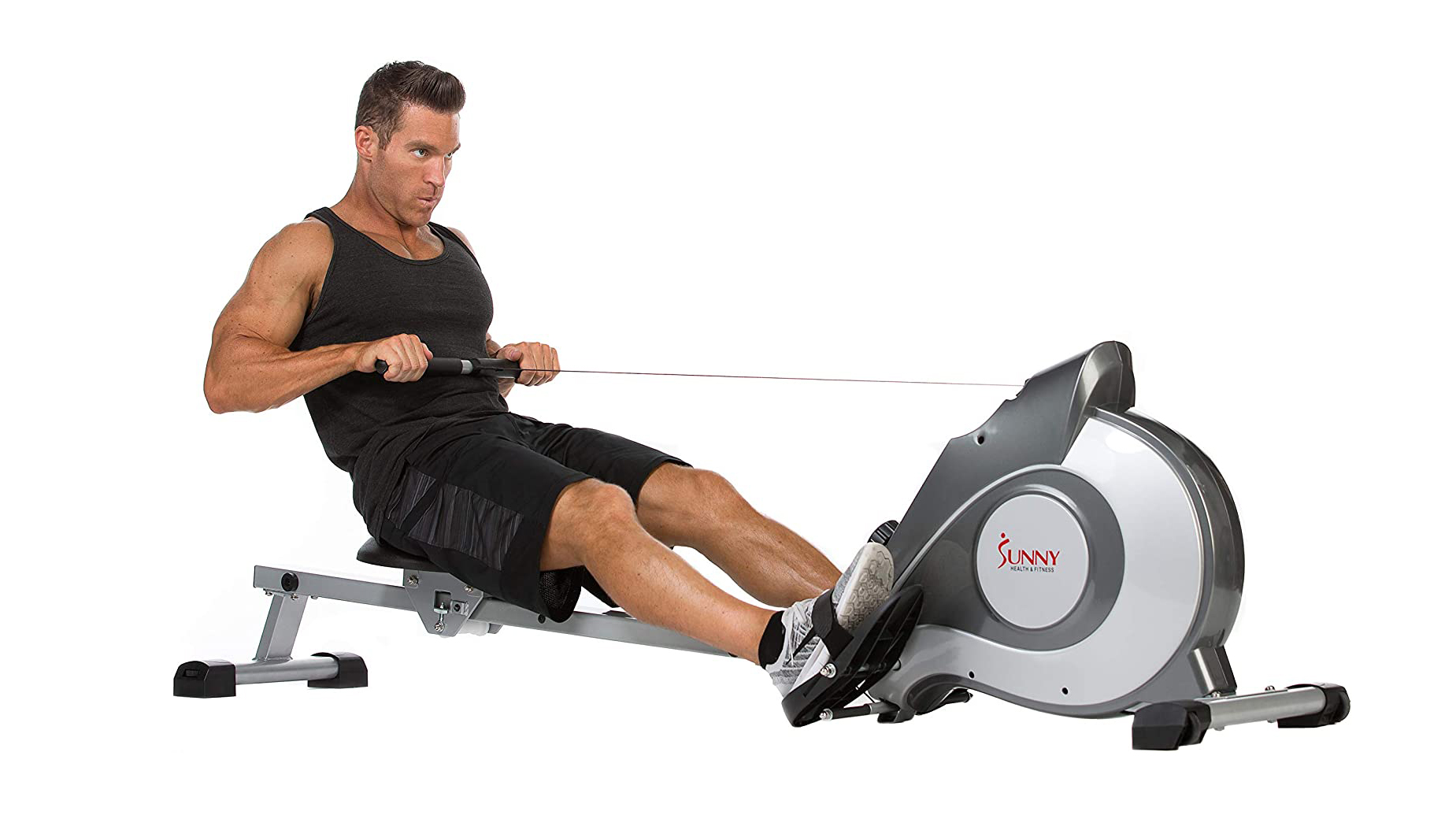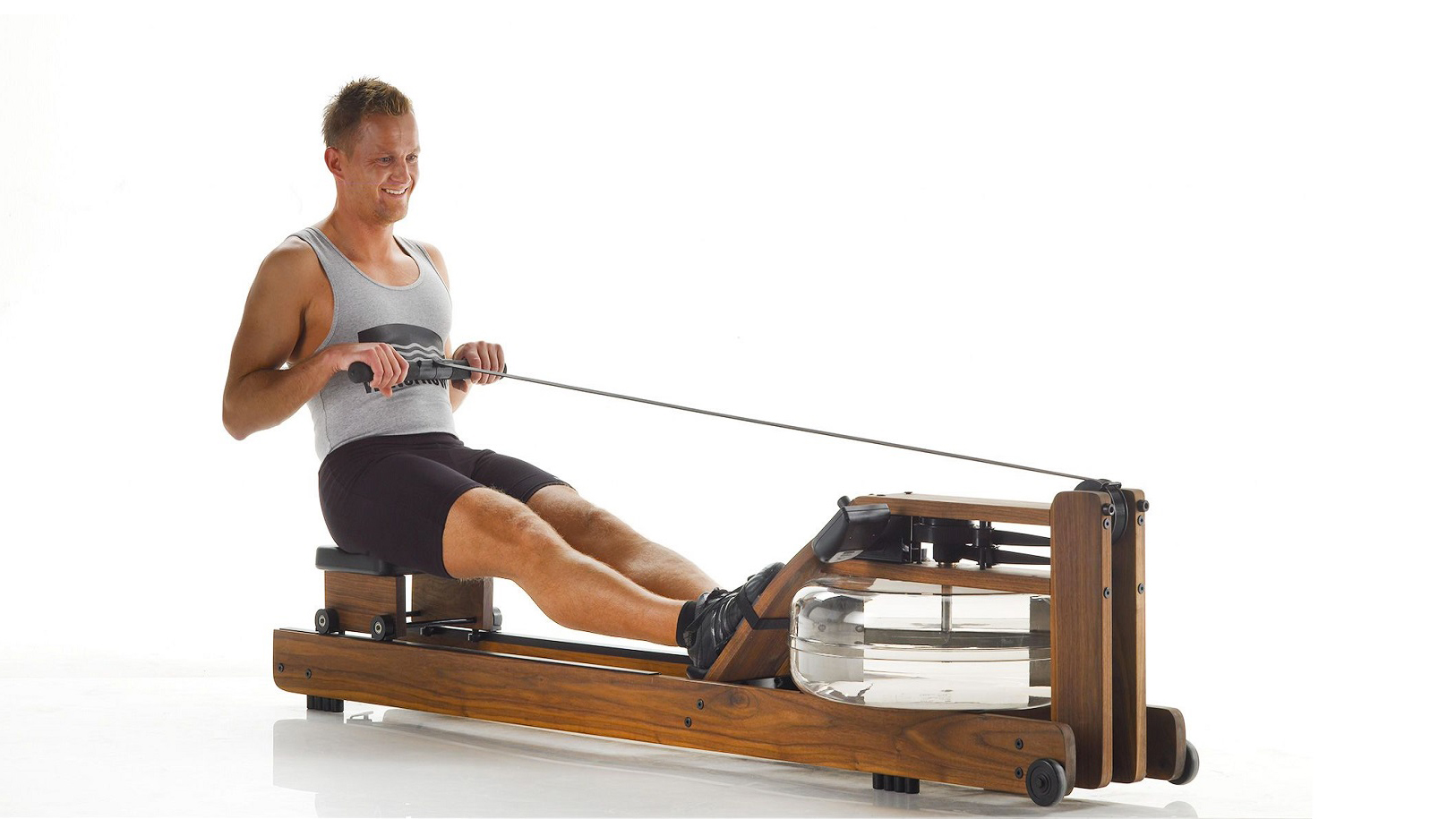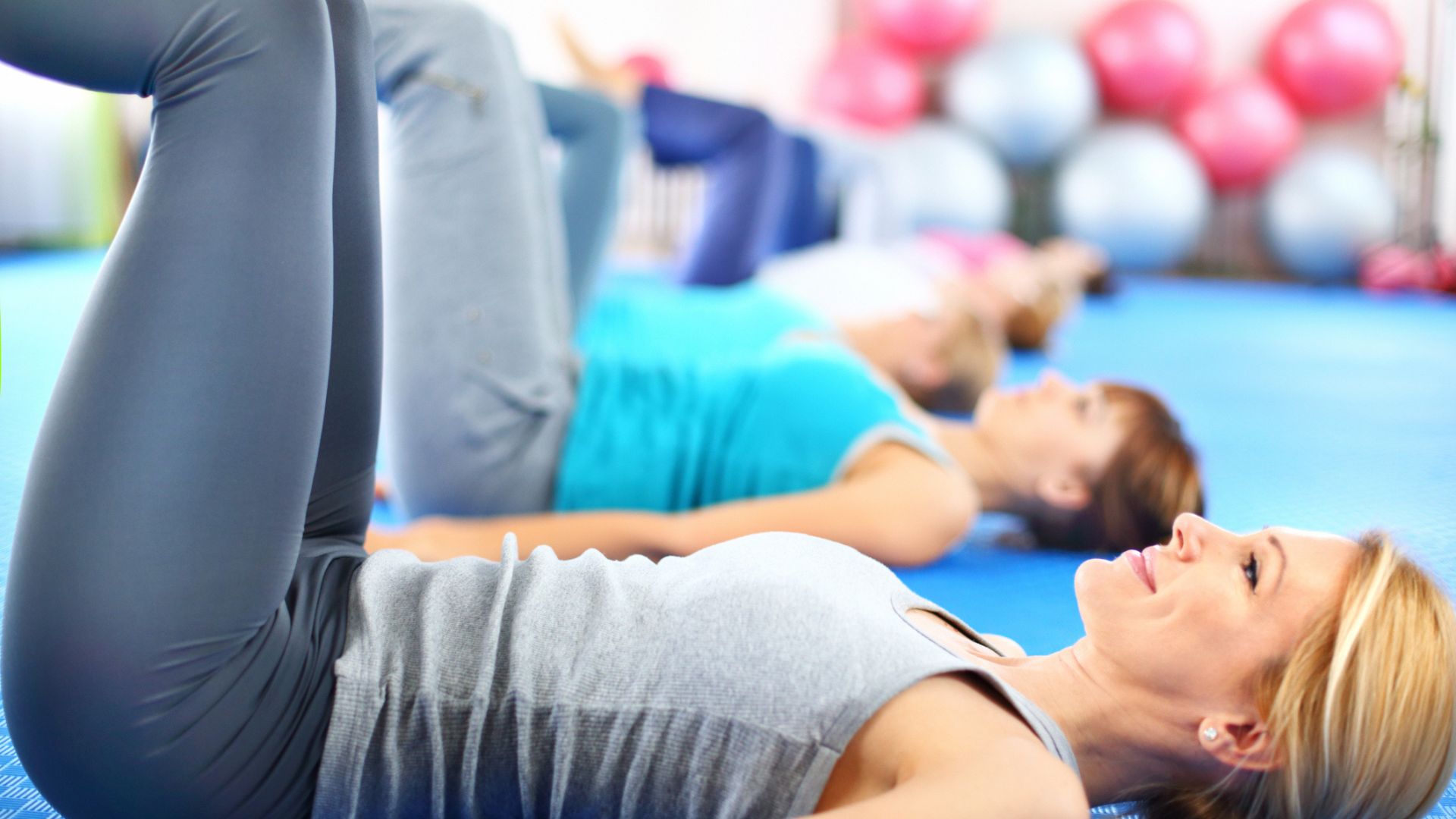Water rowing machines vs magnetic vs air-based models: which should you choose?
It’s water rowing machines vs magnetic vs air-based models here as we help you decide which is best for you

We’re putting water rowing machines vs magnetic vs air-based models here so you can decide which type of machine is best for you and your workouts. With so many of the best rowing machines to choose from, we’ll be comparing the pros and cons so you can make sure you’re getting the right machine for your money.
Each of these rowers gives you an opportunity for a full-body workout that’s gentle on your joints but they operate slightly differently. The biggest deciding factors when you’re considering water rowing machines vs magnetic vs air-based models include how noisy they are to operate, how much they cost, whether you can adjust the resistance, and also the overall design.
If you’re a keen rower and want to replicate what it feels like to be out on a river, a water rower will be your most realistic option, but they come at a price. If noise is a big deciding factor for you, a magnetic rower is almost silent and is ideal if you live in an apartment or want to work out without making much sound. Finally, air-based rowing machines offer good value for money but they are loud, so that’s worth bearing in mind too.
Whatever you're looking for, we’ve compared water rowing machines vs magnetic vs air-based models below and rounded up all the pros and cons of each type to help make your decision a little easier.
Air-driven rowing machines
The most popular and common type of rowing machine is an air-driven, or fan-based rower. These devices provide resistance by blowing air through a flywheel. Essentially, the harder you pull, the faster the fans will spin and the more resistance you’ll get.
Most of these machines also feature damper settings, which is essentially a lever that allows more air into the flywheel housing. The more air, the more work it takes to spin the flywheel.
By lowering the damper setting, less air will be let into the flywheel housing, making it easier to spin the flywheel. It’s this mechanism that allows you to control the resistance of your workout, in the same way gears impact the feel of peddling on a bike.
Get the Fit&Well Newsletter
Start your week with achievable workout ideas, health tips and wellbeing advice in your inbox.
Fan-based rowing machines are probably the best in terms of value and customisation, which is probably why you see them at most commercial gyms. Anyway, here are the main pros and cons of an air-driven rower:
Pros:
- Air-based rowers are generally smooth, providing a nice balanced rowing experience
- Good at replicating real rowing action
- More accessible in terms of price - generally around the $500-plus range
- Offer a customisable and wide range of resistances
Cons:
- Noisy operation - as you’ve probably witnessed in the gym, air-driven rowers are super loud and will require you to SHOUT LOUDLY to someone else while you're using one!

Magnetic rowing machines
As you probably already guessed, a magnetic rower does what an air-driven rower does, but uses magnetism instead. These types of rowers are also very common, although probably not as much as air rowers, which you see everywhere.
As the name suggests, two strong magnets moving past one another provide the resistance, so there’s no friction. This means that the resistance is noy only quiet, but consistently smooth throughout a workout. These machines can also be pretty cheap to get a hold of, with some budget models starting fairly cheap.
Here are the main pros and cons of a magnetic rower:
Pros:
- Extremely quietly, almost silent - the quietest kind of rower you can get
- Generally smaller and more compact than other types of rower
- Don’t require much maintenance to keep them in good nick
- Often foldable and lightweight, making them easy to store when it not in use
Cons:
- Don’t mimic the authentic rowing-on-water feel - those looking to close their eyes and envision rowing for gold in the olympics will be disappointed with this type of machine.

Water rowing machine
Water rowers are a more modern type of rowing machine, known for their minimal aesthetic and sexy design that makes them more desirable, almost as pieces of art that you can show off with on Instagram. They're just as good when it comes to rowing for weight loss as the other two kinds, but they have a unique attraction all their own.
What makes these machines unique is that they function via a transparent drum full of water that sits just under the footrests. Resistance is created by paddles and water that turn as you row. This fluid mechanism applies resistance throughout your stroke, meaning the harder you row, the more intense the resistance will be.
Here are the main pros and cons of a water rower:
Pros:
- Unique looking and generally beautiful to look at
- Quiet and smooth operation
- Real-life rowing action that feels somewhat mesmerising to both watch and listen to
- Smooth stroke action limits pressure and potential strains on joints, back, and hip flexors
Cons:
- Price - these types of machines are by far the most expensive, and often retail in the thousands. Gulp. Still, worth it if you’re a budding rower looking for a decent, all-round machine that looks the part, too.
Water rowing machines vs magnetic vs air-based models: which is right for you?
There’s no “one for all” when it comes to rowing machines, it all depends on your needs. While an air-driven machine is the most common and also most all-rounded in terms of features and accessibility, a magnetic model might be a better purchase if noise (and price) is a big issue for you.
However, if money is no object then it’s fair to say that water rowers are generally the best people-pleasers of the lot thanks to their ability to mimic the real feel of rowing through water, a generally more stylish appearance, and not sounding like you’ve ignited a jet engine in your living room when you’re using one. The choice is yours.
Lee Bell is a London-based journalist, copywriter, specializing in all things tech and lifestyle. He is also a qualified personal trainer. He started his journalism career a decade ago as a reporter covering the latest gadgets and innovations at tech tabloid The Inquirer. Lee went freelance in 2016 to broaden his expertise, moving into news, reviews and feature writing for a host of national print and online lifestyle titles such as GQ, Forbes, Esquire, Men’s Health, Wired, The Metro, and The Mirror. He has an insatiable appetite for travel, Dharma yoga, and the odd outdoor challenge.
-
 A Pilates instructor says this is the beginner-friendly core exercise everyone should try
A Pilates instructor says this is the beginner-friendly core exercise everyone should tryForget crunches, this is the perfect foundation move
By Alice Porter Published
-
 Prevent poor posture and release tension from sitting down with these four simple stretches from a yoga instructor
Prevent poor posture and release tension from sitting down with these four simple stretches from a yoga instructorThe daily poses he swears by, no matter what
By Alice Porter Published
